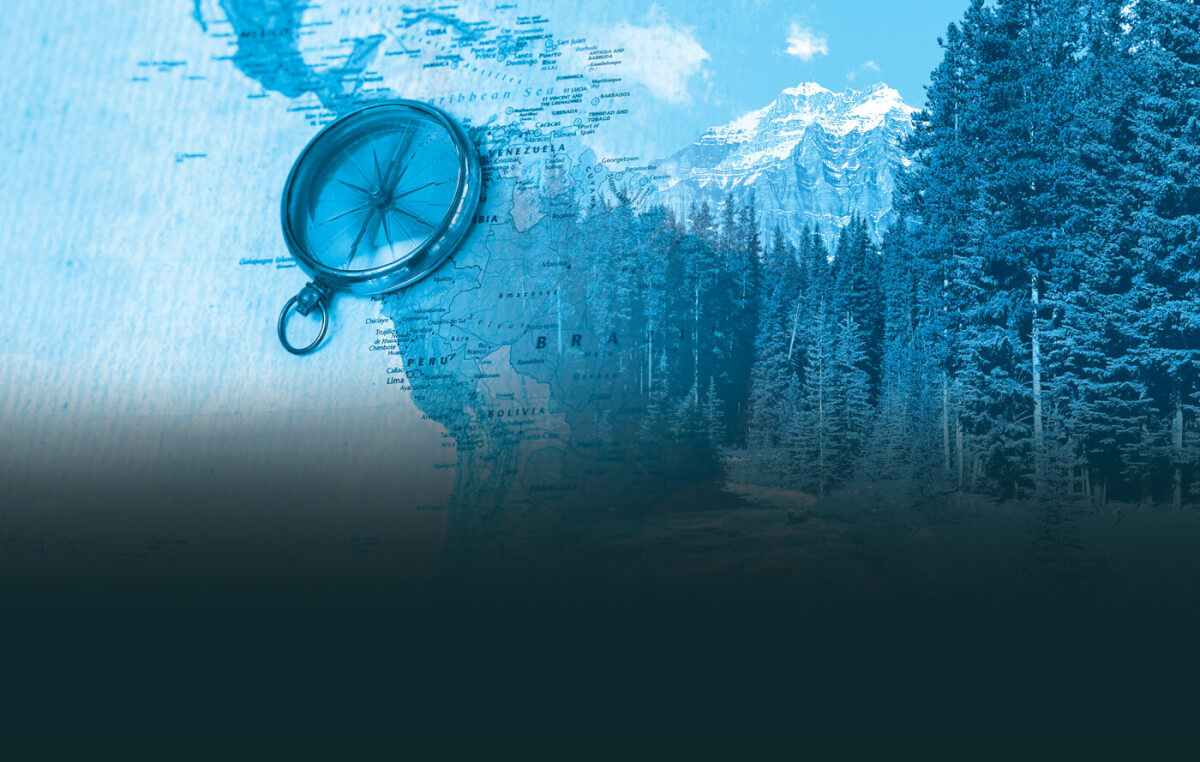YOU’RE all set.
You’ve tossed on your old cap, laced up your trusty hiking boots and stuffed your pack full of must-haves like sunscreen, protein bars and water. Moreover, you had the presence of mind to check the local weather and to text your itinerary to a buddy. In terms of venturing out for that much-anticipated trek, you’re pretty much good to go.
So, sure, while your primary choice for navigation may be the use of a GPS receiver, these modern-day marvels are not without their drawbacks. Factors such as insufficient battery life, sub-par accuracy, poor reception and system crashes suggest that other options may also be worth bringing along.
Do you have a backup plan?
You will in a moment because it’s important to know that in the event your GPS encounters a snag, you possess the ability to confidently navigate your course via self-sufficient means.
Competitive orienteer Greg Lennon—a wilderness mapmaker and outdoorsman with more than 20 years of experience—provided the six essentials for effective navigation, sans the use of a GPS.
1. PURPOSE
What is your purpose for navigating? Where are you trying to get to and what is your timetable for doing so?
Generally, this concerns traveling from point A to B or perhaps avoiding a potentially hazardous area. Whatever it may be, establishing your purpose for navigating will save you time and aid in defining your itinerary, says Lennon.
2. PLANNING, PREPARATION
An expansive category, planning and preparation is paramount to successful navigation and generally refers to the collection of whatever resources or information an individual may want to gather and organize ahead of time, to assist with their trek, he says.
Examples of things to consider in this category are:
- Do you know of potable water sources that will be accessible?
- Will you stockpile a surplus of water or food caches (in the bush), available for procurement?
- Have you confirmed or identified sources of shelter?
- Do you know which plants are edible and likely to be available during the time of year you are hiking?
- Can you rely upon being able to locate wood to burn for cooking and warmth?
3. A MAP
Maps aid in pinpointing your location and help determine where you want to go. They also establish a route for reaching your destination, without the need for electronic assistance. They are lightweight, easy to use, highly portable and, when secured in a map case, impervious to the weather.
4. TERRAIN
Familiarizing yourself with the landscape you plan on traversing through will aid in making your trek easier and decrease the likelihood of problems, says Lennon.
“In some terrains, you might know that traveling along river beds is actually pretty quick,” says Lennon. “In other terrains, riverbeds are the absolute slowest, and that really depends on what part of the country you’re in and the time of year.”
“Similarly, traveling along a ridge or using a linear feature like a ridge is something you can follow easily, and it may or may not be the fastest way, depending on the terrain. But if you’ve done your due preparation and your planning and you know the terrain, you’ll know, ‘Do I stay high or do I stay low?’ Is it easy to go off-trail through the vegetation at the time of year that I’m trying this, or is it next to impossible?”
Examples of getting to know the terrain are:
- Research the terrain type (grassland, forest, desert) and consider how sunny or shaded a trail may be
- Determine whether your degree of experience and your fitness level are suited for a particular hike;
- Know the number of miles in length your trail is and how high in elevation you will be hiking;
- Consider the scenery and wildlife you will likely encounter along your outing;
- Know if the trail you plan on following is an “in and out” trail or one that is looped;
- Join your local orienteering club. As a preamble to heading out on your own, these groups provide instruction in navigation and educate you about the surrounding terrain.
5. COMPASS USE
A compass is a navigational implement that measures directions in a stationary frame of reference, relative to the surface of the earth. It primarily orients your map and is used for taking bearings. These tools aid in determining particulars such as: where you are, where you’re headed, and which way you need to head.
6. TIME MANAGEMENT
Perhaps even more essential than a compass is the ability to effectively use time to your advantage, he notes. In essence, this translates to making the most of daylight. Navigating is far more difficult at night and most plans will stipulate that you relegate it to daylight hours.
Editor’s note: A version of this article first appeared in a 2012 print issue of American Survival Guide.



